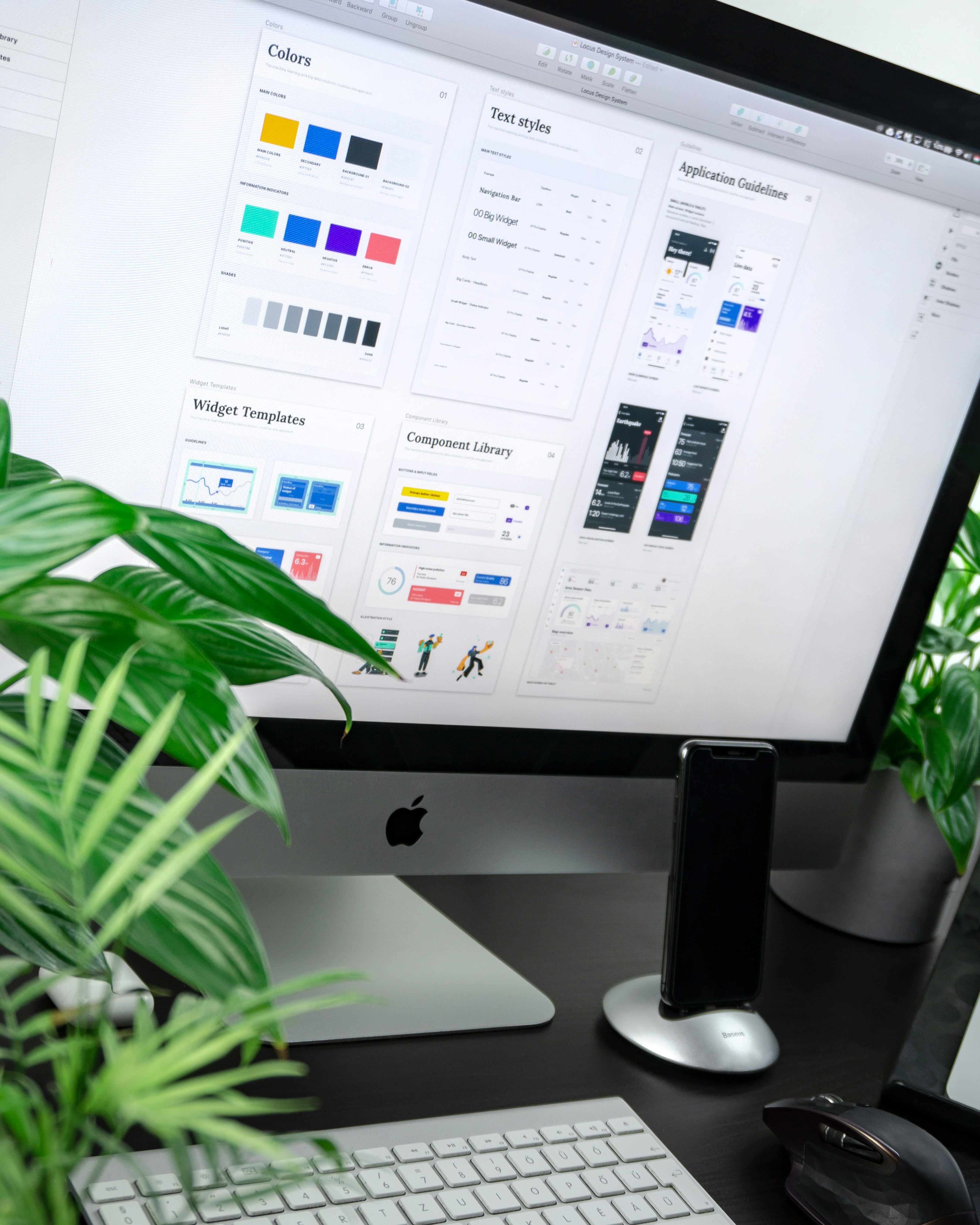Top 10 UX Design Tips for Creating User-Friendly Tables: A Guide to Enhancing Usability
Apr 5, 2024

Crafting user-friendly tables is a crucial aspect of UX design, especially for applications and websites that present data-centric information. A well-designed table should display data efficiently and make it accessible and easy to understand for the user. Below are 10 useful tips for creating tables with exceptional user experience:
1. Prioritize Clarity and Simplicity
Ensure your tables are straightforward to read. Avoid clutter by minimizing the use of colors and lines. Instead, focus on the data itself, using bold or subtle highlights to draw attention to important figures.
2. Responsive Design
Tables should be responsive, meaning they adapt seamlessly to different screen sizes. On smaller screens, consider transforming tables into a list view or using a mini-map or scrollbar to navigate the data horizontally.
3. Consistent Alignment
Text should be aligned to the left for readability, while numbers should be aligned to the right to make comparisons easier. Headers should align with the data they represent.
4. Zebra Stripes for Rows
Using zebra stripes (alternating row colors) can improve the readability of dense data tables by helping users track information across rows. Ensure the contrast is subtle so as not to overpower the data itself.
5. Fixed Headers and Column Labels
When dealing with long tables, fixed headers, and column labels remain visible as the user scrolls, providing a reference point and keeping the context visible at all times.
6. Highlight Interactions
When a user hovers over a row or selects a cell, highlighting these elements can improve usability by clearly showing the focus area. This visual feedback is crucial for interactive tables.
7. Pagination and Search
For tables with many rows, implementing pagination and search functionalities can significantly enhance user experience by making data more accessible and navigable.
8. Sortable Columns
Allowing users to sort data by clicking on column headers can help them quickly find the information they need or organize the data in a way that suits their task.
9. Use Clear Labels and Headings
Ensure that all labels and headings are clear, concise, and descriptive. Users should be able to understand the type of data presented without needing additional explanations.
10. Accessibility
Design your tables with accessibility in mind. This includes using proper HTML markups like <th> for headers, ensuring screen readers can interpret the table correctly, and providing adequate contrast for users with visual impairments.
Incorporating these best practices into your table design will not only improve the overall user experience but also ensure that your tables are accessible, responsive, and easy to interact with. Remember, the goal is to present data in the most efficient, clear, and user-friendly way possible.
Unlock Creative Potential: Explore Uxline's Essential Library of Mobile Design Patterns
To further enrich your journey in crafting user-friendly tables and enhancing your design projects, we highly recommend visiting our comprehensive pattern library at Uxline. Our library, titled "Collection of Mobile Interface Design Patterns," offers an extensive assortment of curated mobile interface design patterns. This invaluable resource is dedicated to streamlining the creative process for both designers and managers alike, by providing a one-stop destination for innovative design inspiration and time-saving references. Whether you're looking to elevate the usability of your tables or seeking fresh ideas to inspire your next project, Uxline's collection is an essential tool for anyone committed to excellence in UX design.
For those interested in delving even deeper into the nuances of UX design, our article on the pivotal role of micro-interactions in enhancing user experience offers further insights and inspiration. Explore it here: The Power of Micro-Interactions in UX Design.